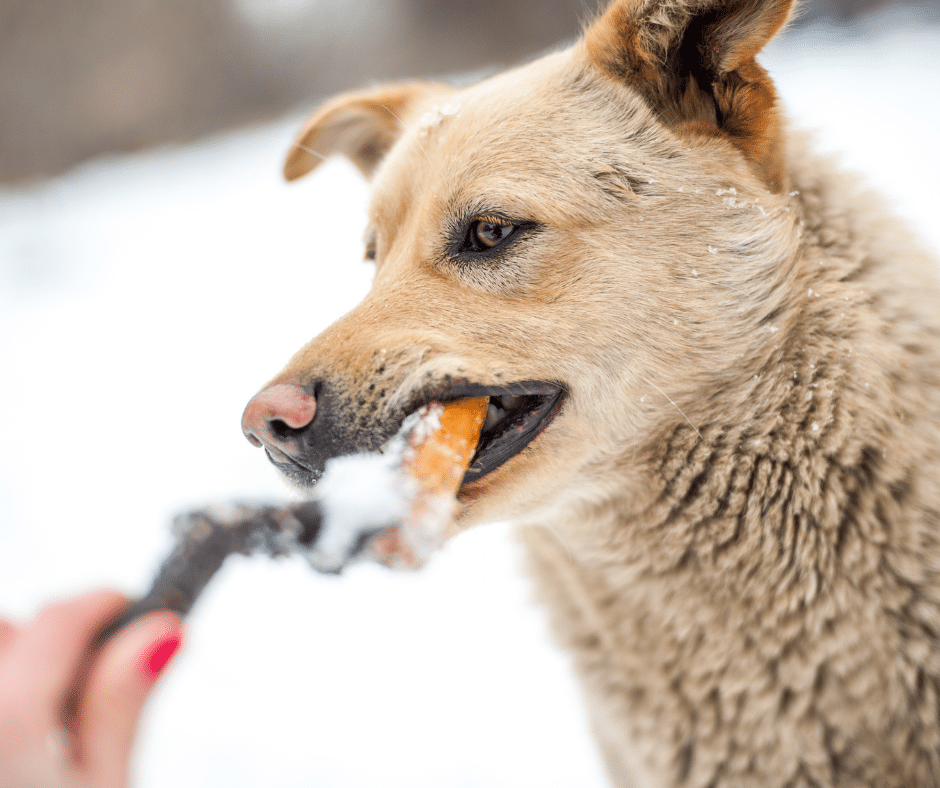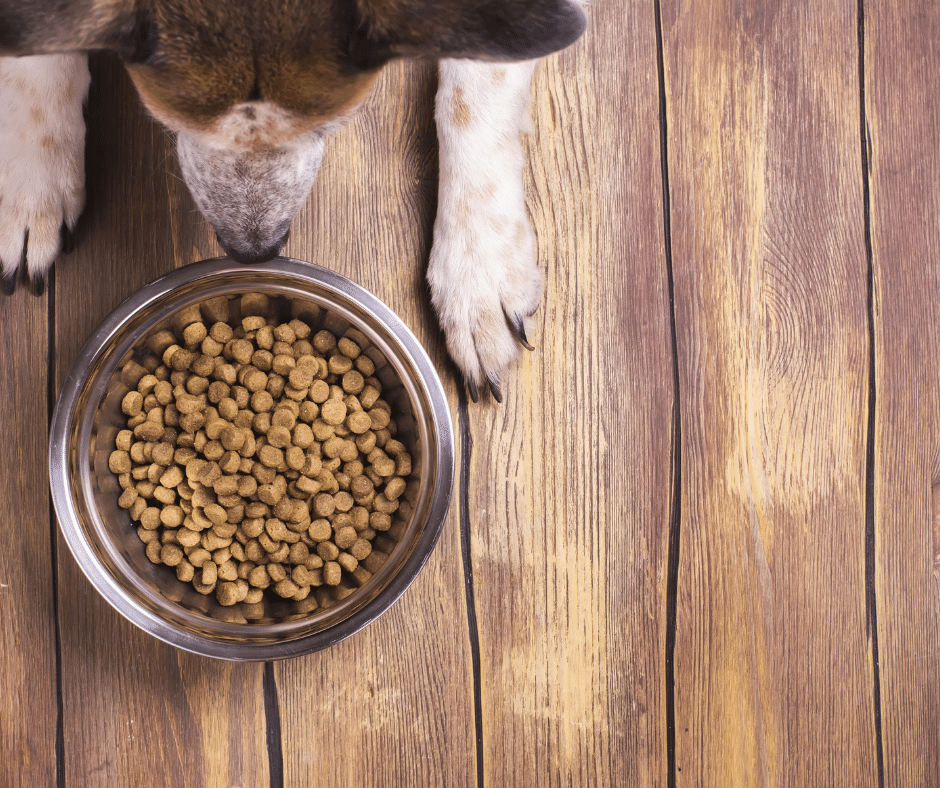Overeating is a common problem for dogs of all breeds and sizes. Even if your dog doesn’t have a medical condition that causes it, overeating can be dangerous because it causes obesity and subsequent health problems such as diabetes, arthritis, high blood pressure, heart disease, and skin allergies.
Obesity also makes it more difficult to keep your pet happy and healthy. For instance, your dog may not be able to go for walks or play with its canine friends because it’s too tired and stiff from carrying around all that extra weight.

As a result, obesity can seriously jeopardize your dog’s quality of life—and yours as well, since you’re the one who ends up doing the work.
So what can you do to stop overeating in its tracks? It may sound simple, but the best cure is pre-emptive obedience training. This means teaching your dog to respond immediately when you give a command—in this case, “Stop eating.” You know how hard it can be to get your dog’s attention sometimes; imagine how much harder it must be if he’s putting food into his mouth.
So, before you put out any dog food at all, work with your dog to develop the habit of paying attention when you give a command. Make it a game—positive reinforcement works well for this kind of training. It’s especially effective if the reward is something your dog really likes to eat.

Here’s an example:
Say you give your future “stop eating” command as your dog approaches his food bowl; but instead of immediately obeying, he takes another step forward and starts to lower his head towards the food. Then you say, “No.” and take a small piece of high valued treat out of your pocket and immediately offer it to the dog.
If he leaves the food bowl, you can praise or reward him with another piece of treat or two for coming over to get the reward. Then go back to where you were standing when you gave the “stop eating” command (don’t move too far away), and say, “Okay.”
At this point, your dog may return to the food bowl. If so, repeat the “No.” and the treat routine until he stops approaching it. As soon as he does that, say “Okay”, give him a bit more praise or reward, then carry on with whatever you were doing when you first gave the command.

Repeat this stop-eating training many times throughout the day.
As your dog gets better at responding promptly, you can start to move out of his line of vision when you give the command. Soon he’ll have a strong habit of obeying even if you’re not in sight. And that’s a goal well worth working towards.
